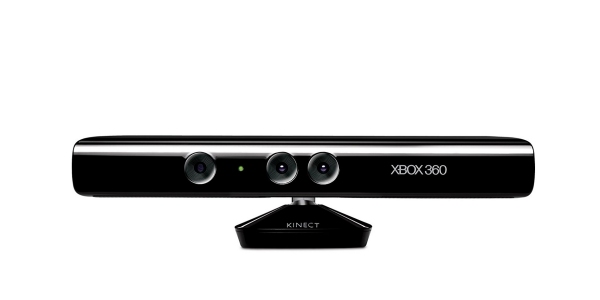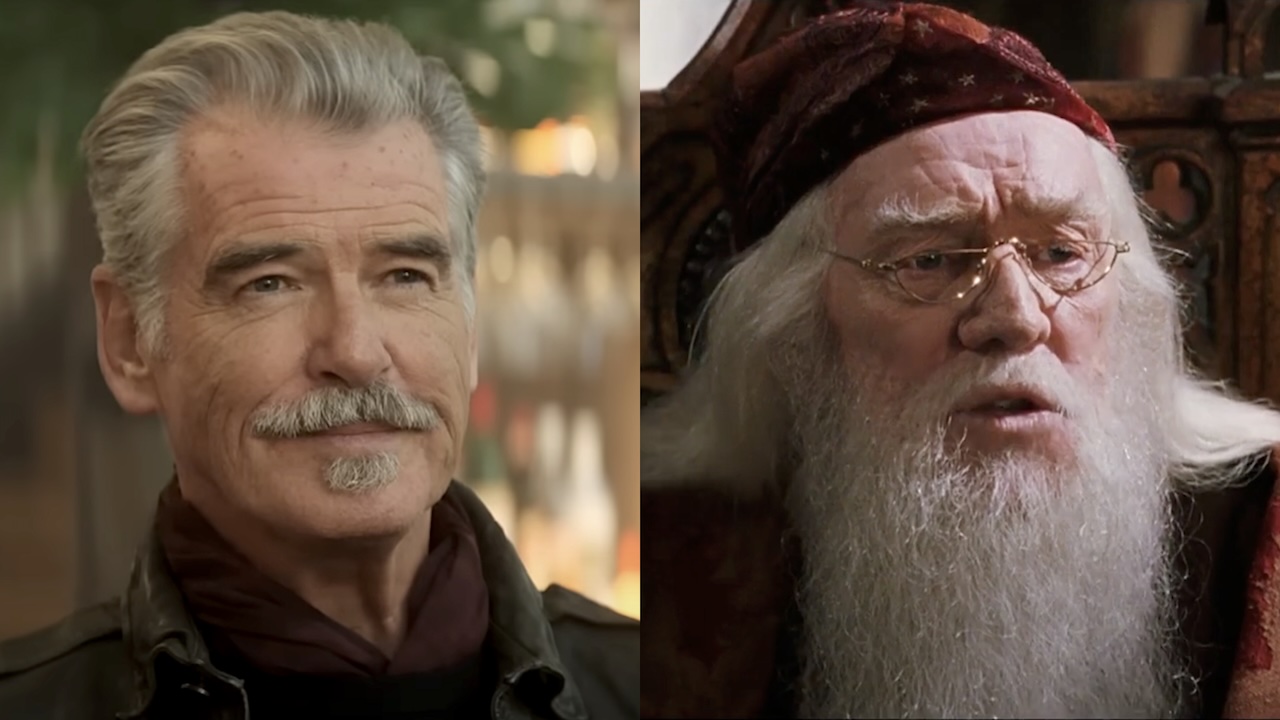How A Kinect Was Used To 'Steal' A Work Of Art

The Xbox Kinect gets a ton of flak as a gaming accessory, but it was used in an art heist to steal a classic work of art from the museum. The concept sounds too bizarre to be true and yet it's a story that has managed to capture plenty of the world's attention.
Eurogamer covers the story, which involves two artists who decided to steal the 3,000-year-old Nefertiti bust from the Neues Museum of Berlin in Germany.... without even touching the bust.
The two artists, Al-Badri and Jan Nikolai, actually "stole" the priceless piece of art back in October of 2015 by using the Xbox 360's Kinect and scanned the Nefertiti bust through the glass case while hiding the device under their coat. It took an entire Sunday afternoon, as they would scan some of the bust, then leave the room to avoid being detected by the guards.
After getting a complete scan, the duo then combined the data that was scanned from the museum bust and with other 1:1 references for a proper mesh layout in 3D printing software. From there the duo then replicated the busted and hid it in the desert just outside of Cairo in Egypt.
This might all sound really bizarre, like why did they use a Kinect? And why did they replicate the bust and then bury it in Egypt? And why did they steal it in the first place?
Well, there's a really complicated history behind the bust, insofar that Germany ended up relinquishing it from the Egyptians back during World War I when a German archeologist recovered while visiting Egypt. The bust ended up in Germany's museum in Berlin. Many Egyptians feel as if the bust belongs in an Egyptian museum.
The duo of Al-Badri and Jan Nikolai decided to do something about it... but in their own little way. They decided to steal the bust without even touching it, hence the need for a 3D scanner in the form of the Kinect.
CINEMABLEND NEWSLETTER
Your Daily Blend of Entertainment News
While some of you might be scratching your head as to why they would use the Kinect, it turns out that while Microsoft's camera devices aren't that great for gaming, the Kinect 1.0 and 2.0 actually make for really great cost-effective 3D scanners. Heck, both are great for motion-capture data as well. In fact, there's some affordable middleware software out there that allows you to use two Kinects as 3D motion scanners without the need for additional motion sensors, a mocap suit, nor the need for special light rigging and studio setups. In a way, it makes sense that the duo would use something as cheap as the Kinect to scan the data.
Many critics pointed out that the Kinect wouldn't have been able to render an HD capture of the bust through the glass, which is true. However, Al-Badri and Jan Nikolai revealed later on that the Kinect wasn't the only device used in order to recreate the bust, but it was used to capture the basic data and measurements that were compiled with other references in order to properly recreate the bust.
While the Egyptian ministry of culture was willing to accept the replica with open arms, the artist duo decided to bury it just outside of Cairo more-so as a political statement that the art belonged to the people and not the state. Some worry about the legal repercussions and the geopolitics involved, but I'm sure most tech enthusiasts are now a lot more interested in possibly using the Kinect for 3D scanning purposes.
Staff Writer at CinemaBlend.
Tom Cruise's Running Style In The Mission: Impossible Films Is Iconic, And Apparently, It's Connected To One Of His Outsiders Co-Stars
Somebody Actually Used It’s Always Sunny In Philadelphia’s Musical To Propose, And It’s Weirdly Sweet
Hunger Games Fans Can't Stop Talking About How The Sunrise On The Reaping Casting Connects To Rachel Zegler's Character










